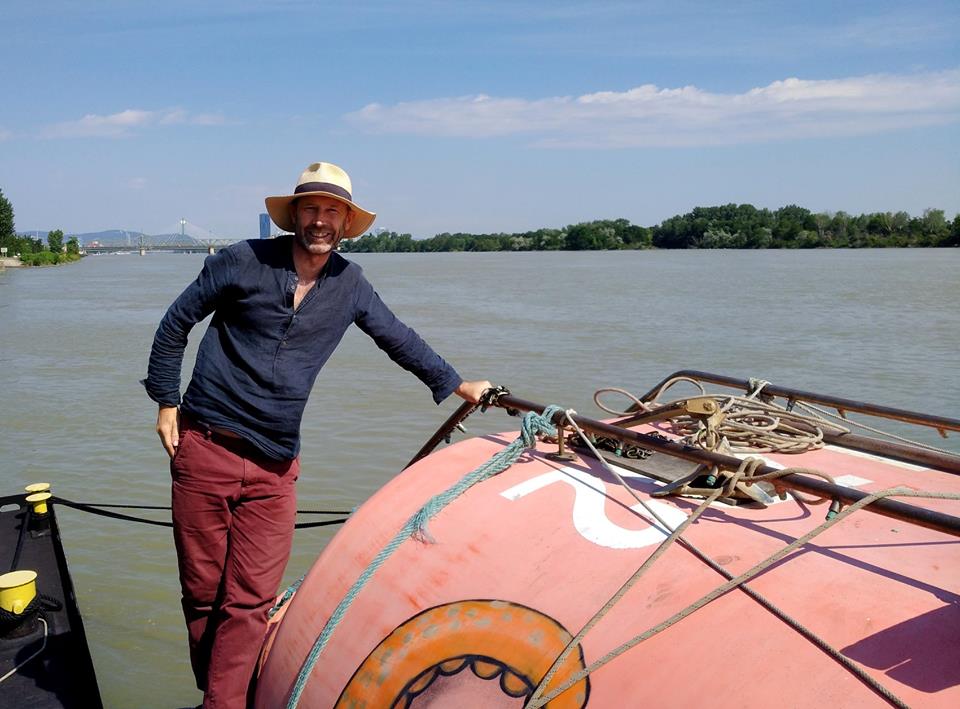FADE IN:
EXT. LONDON – DAY
We see the bustling city of London. People are rushing to work, cars are honking and the sound of construction is deafening.
CUT TO:
EXT. A BOATYARD IN SCOTLAND – DAY
A man, HAMISH, in his late-thirties, stands in front of a bright orange, round boat with 60 seats.
HAMISH
(to the boatyard owner)
I’ll take it.
BOATYARD OWNER
(shocked)
Are you sure? This is a lifeboat.
HAMISH
(smiling)
I’m sure. I want to downscale and have a more sustainable life.
CUT TO:
INT. THE LIFEBOAT – DAY
Hamish is inside the lifeboat, taking out the central seats to open up space.
HAMISH (V.O.)
It comes with nothing, no kitchen, no bathroom. But I have a plan.
CUT TO:
INT. THE LIFEBOAT – LATER
Hamish is setting up a stove and drainage system. He looks up and smiles.
HAMISH (V.O.)
For this summer, I plan to camp out in it. Take the central section out, open up the space, and just sling a hammock.
CUT TO:
INT. THE LIFEBOAT – DAY
hamish is looking at a map.
HAMISH (V.O.)
I’ve got this whole plan. After next year, I’ll take the boat across the channel and then go through the waterways of Europe.
CUT TO:
EXT. ENGLISH CHANNEL – DAY
We see Hamish sailing the lifeboat across the English Channel. It’s a bit uncomfortable, but he’s safe in the lifeboat.
CUT TO:
EXT. A CANAL IN EUROPE – DAY
We see Hamish navigating the lifeboat through a canal in Europe.
HAMISH (V.O.)
And actually go all the way down to the Mediterranean.
CUT TO:
EXT. THE MEDITERRANEAN – DAY
The lifeboat is sailing on the beautiful Mediterranean Sea.
HAMISH (V.O.)
And then, you know, through the rivers and canals of Europe and into Russia and down to the Black Sea.
CUT TO:
EXT. THE BLACK SEA – DAY
The lifeboat is sailing on the Black Sea. Hamish looks happy and fulfilled.
HAMISH (V.O.)
It’s technically possible to do that.
FADE OUT.







